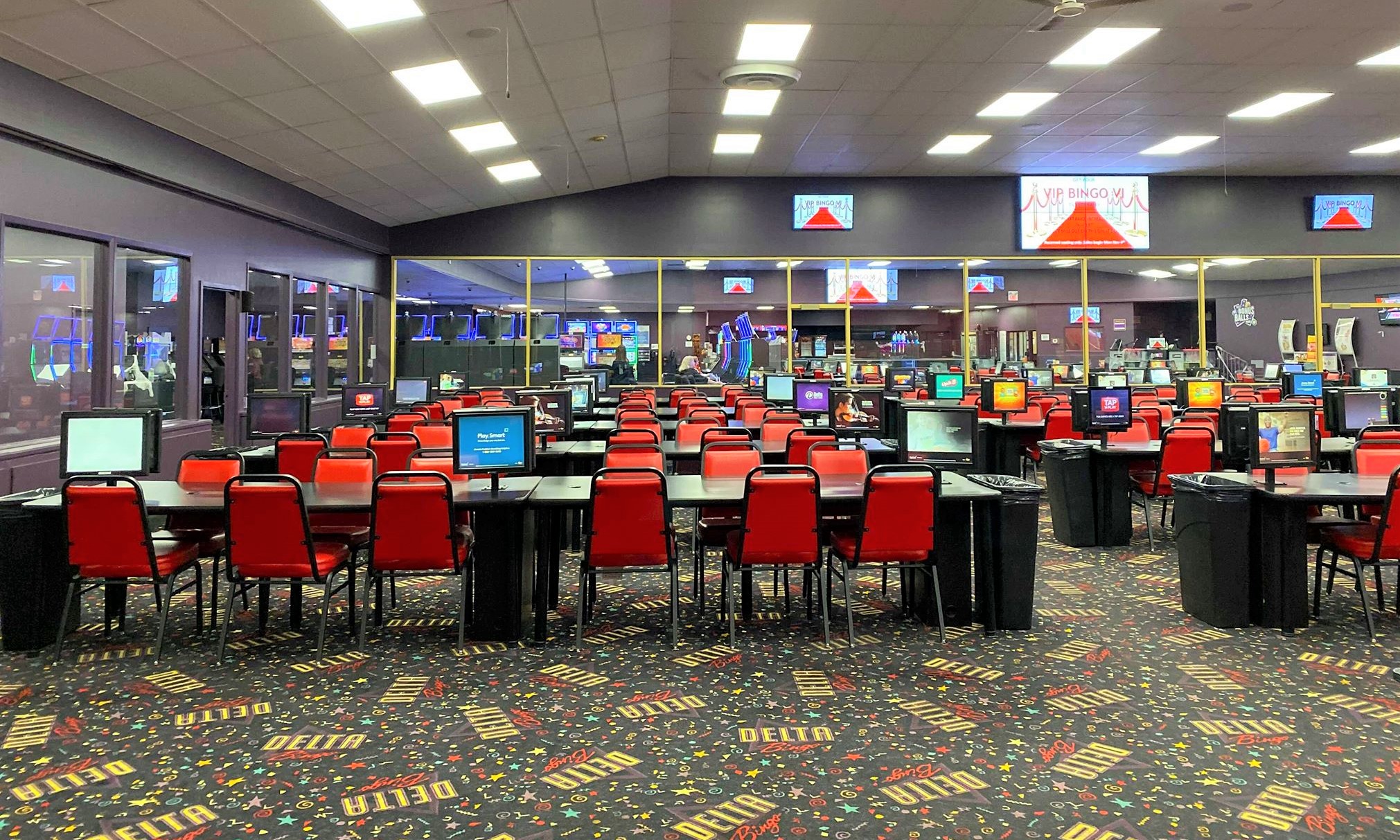Highlighting the Impact of Illumination Conditions on Movement Detection Precision and Dependability
Illumination conditions have a significant role in how well we can perceive movement. Movement detection is a critical component of different systems, including security cameras, automatic illumination systems, and even some video games. Comprehending how various lighting environments affect our ability to detect motion can assist enhance the development and efficacy of these technologies. For example, poor illumination can result in overlooked motions or incorrect alerts, while optimal lighting can boost the precision of motion detection technologies.In bright illumination environments, movement detection is generally more accurate. As there is ample light, sensors and cameras can obtain clearer pictures, which assists in identifying dynamic objects. Well-lit conditions allow for better contrast between the dynamic object and the surroundings. This contrast is crucial for both visual observers and automated technologies, as it makes it simpler to distinguish between stationary and dynamic objects in a scene. Thus, making sure that spaces are well-lit can significantly improve the effectiveness of motion detection systems.
On the other hand, low-light environments can present challenges for movement detection. In dim settings, shadows can hide moving elements, making them hard to detect. Additionally, the human eye struggles to detect movement in dim conditions, which can lead to misunderstanding of what is happening in the surroundings. Cameras might also encounter difficulties, over at this website as many do not function well in low light without the use of infrared capabilities or alternative enhancements. These restrictions highlight the importance of sufficient lighting in environments where motion detection is essential.
Moreover, various types of illumination can have different impacts on motion detection. For example, neon lights can flicker, which can confuse movement detection systems that rely on steady illumination sources. On the contrary, daylight provides a consistent source of lighting that improves visibility. Comprehending these differences in lighting conditions can assist users in selecting the most appropriate lighting for specific uses, especially in security and safety scenarios.

In summary, the relationship between illumination environments and movement detection precision is important. By ensuring that environments are appropriately lit, we can improve the dependability of movement detection technologies. This understanding not only benefits technological applications but also improves safety and safety in multiple settings. As more advancements are made in motion detection this article systems, taking into account illumination environments will continue to be a crucial consideration in optimizing performance and ensuring that these systems work effectively in different environments.